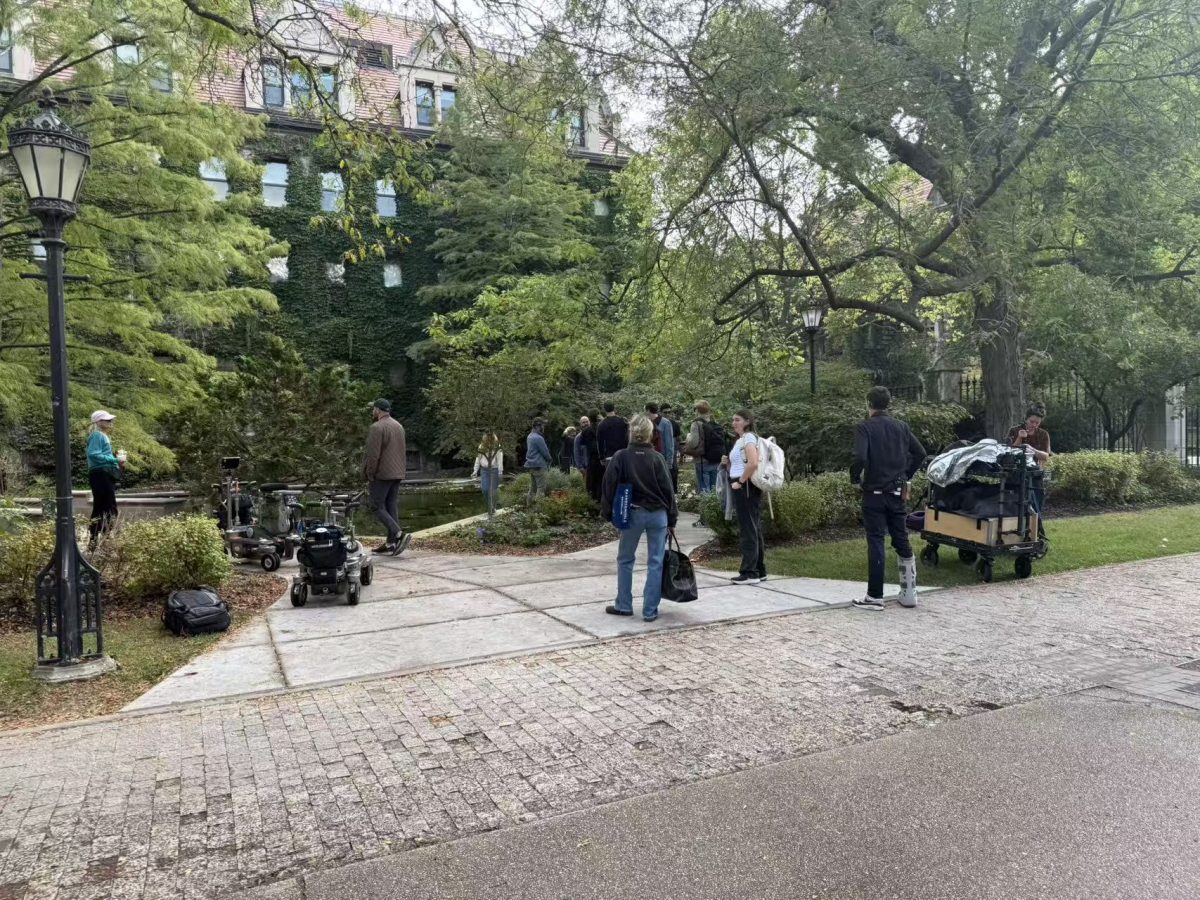Heavy traffic caused cMore, the website administered by the Office of the Registrar, to experience service interruptions during spring break while students tried to check their grades from winter quarter.
“We were experiencing connectivity problems between the data server and the web server on Monday and into Tuesday,” said Alex Henson, director of student and development applications for NSIT. “On Tuesday, we were able to alleviate the problem by stopping and restarting the service, making the system inaccessible for a few seconds.”
There were only problems with connectivity on Monday and Tuesday, according to Henson. Later, Henson said that there could have been partial service interruptions that he was unaware of, adding that there were problems with the time schedules.
First-year in the College, Ethan Samuels, was one of many students experiencing problems. “I wanted to see my academic schedule for this quarter and the site kept showing me the one for last quarter. It also had abbreviations for buildings that I had never heard of and weren’t listed. They made me late to and made me flat-out miss another class,” he said.
University students use the cMore website to maintain addresses, basic personal information, bursar accounts, and check grades.
“We’re still trying to isolate the problem,” Henson said. “It’s possible that a background process caused the system to hiccup.”
He said that these background processes are routine and that, likely, the problem would not have occurred had there not been such high stress on the website. He said that at the beginning of the quarter traffic is 20 times higher than at most other times during the quarter.
The high traffic that may have caused the problem was generated not only by students checking grades, but also by general registrar activity associated with the beginning of the quarter. The registrar processes course registrations and other assorted paperwork over spring break.
“It was ridiculous. It was important because a class I was taking was contingent on my grade in the previous class,” said Brian Zwecker, a second-year in the College.
The interruptions come two quarters before a complete overhaul of the registrar’s system. It has long been planned as part of a larger administrative system initiative.
“We are in the process of transferring student information to the new system,” Henson said. “Right now we are configuring and testing the new software to go live in the fall. The new software will be called Gargoyle and will be operating on a new, high-capacity server, and storage hardware and will utilize a new Microsoft operating system.”
Certain pieces of the old system are six to seven years old, according to Henson. He said that the new system would be more consistent and is in real-time. “Now, when a student enters an address, it becomes available overnight,” he said. “In the new world, it will be available to the registrar and bursar immediately.”
On the new server, grades will appear on transcripts as soon as they are authorized by the registrar, and when classes are changed billing statements will reflect the change in “five minutes,” according to Henson. “As soon as the Bursar enters the proper information, any restriction can be lifted in the time it takes to walk across the hall to the Registrar’s Office.”
Right now, the only system integrated to this degree is the course add/drop system with the Chalk website. Chalk is refreshed twice a day, so classes added in the morning can be accessed in the Chalk site that afternoon.
“There will also be a noticeable performance upgrade, which will prevent the kinds of hiccups we had last week and in the fall,” Henson said.
This system upgrade is part of a larger, University-wide software upgrade. Last year Chalk was upgraded, and this year online student services were improved. Next on the University’s agenda are the alumni and development systems and then other administration services, such as human resources.
Henson said that the problem cMore faced was a natural result of the delivery of so much information online. “These systems were not engineered to meet this kind of demand, which is part of why we’ve decided to go through this massive upgrade. When you’re allowing people to go from standing in line at the registrar’s office to going online for grades, there are going to be some problems.”








